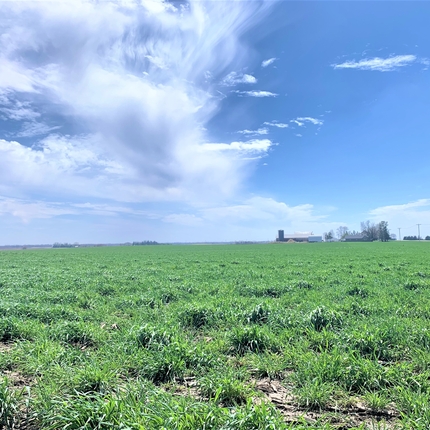Crop insurance provides a safety net for farmers, protecting their operations from loss due to natural perils such as drought, frost, excess moisture, pest infestations, or disease.
While essential for many farmers, the rules regulating crop insurance have often been at odds with conservation practices. Thanks to recent changes by the U.S. Department of Agriculture’s Risk Management Agency (RMA), the implementation of conservation practices supported by USDA’s Natural Resources Conservation Service (NRCS) will no longer impact crop insurance coverage.
To qualify for federal crop insurance, farmers must follow production methods designated as Good Farming Practices by RMA. These regulations, for example, don’t allow the use of farming methods that reduce yields. Use of those practices would result in the farmer forfeiting their ability to make a claim in the event of a loss.
These limitations were troublesome for farmers deploying conservation practices that could create a temporary decrease in yield, such as cover crops. While cover crops may initially have a negative impact on yield, they benefit farmers in the long term by improving soil health and water quality. Feedback from farmers regarding this issue led RMA to adopt all NRCS practices as Good Farming Practices.
Correcting the disconnect between RMA and the conservation methods supported by NRCS is an important step toward a future where farmers can readily incorporate conservation into their operations without putting their crop insurance coverage at risk. This change opens the door for more farmers to engage in conservation that will impact rural communities for generations to come.




